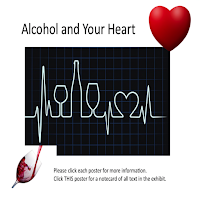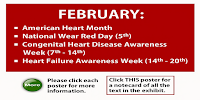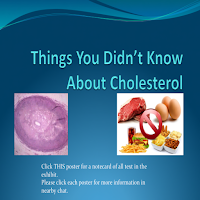 |
| Food myths as told by the Mythical Desert Horse |
Myth: Avoid eggs, especially the yolks
We have been told, incorrectly, that because egg yolks contain cholesterol, they are bad for our heart health. This is a myth. Most of the cholesterol in the human body is made by the liver. Not much comes from food.Other dietary sources of fats, especially saturated and trans fats, are more dangerous to your health than dietary cholesterol. An article in the journal Nutrients points out that eggs are affordable, nutrient-dense foods. They provide protein and vitamins A and D along with other vitamins and minerals. Moderate consumption of eggs (minus bacon or cheese!) can be part of a heart healthy diet. To download a PDF on “High blood cholesterol - What you need to know” from the National Heart, Lung, and Blood Institute: https://www.nhlbi.nih.gov/health-topics/all-publications-and-resources/high-blood-cholesterol-what-you-need-know.
Myth: Take omega-3 fatty acid supplements if you do not eat a lot of fish
While eating fish can lower your risk for death from cardiovascular disease, the use of supplements is a myth. A meta-analysis of research on these supplements did not show any effectiveness in preventing death or disability from heart disease. Try to find types of fish and ways to prepare it that are acceptable in your diet. Get your omega-3s directly from the source.Myth: Cook with coconut oil
Some advocates say that the medium-chain triglycerides in coconut oil are less harmful than saturated fats from other cooking oil sources. This is a myth. Coconut oil contains about 50% more saturated fats than butter! The content of medium-chain triglycerides makes up only about half of these saturated fats. Coconut oil has been shown to raise both HDL and LDL levels more than plant-based oils such as canola or olive oil. There is significant research on plant-based oils and omega-3 fatty acids in seafood and nuts: there has been no large-scale research on the effects of coconut oil on human heart health.Dietary fats do impact cardiovascular health. Don’t be fooled by nutrition myths when it comes to the wellbeing of your hardest working organ, your heart.










